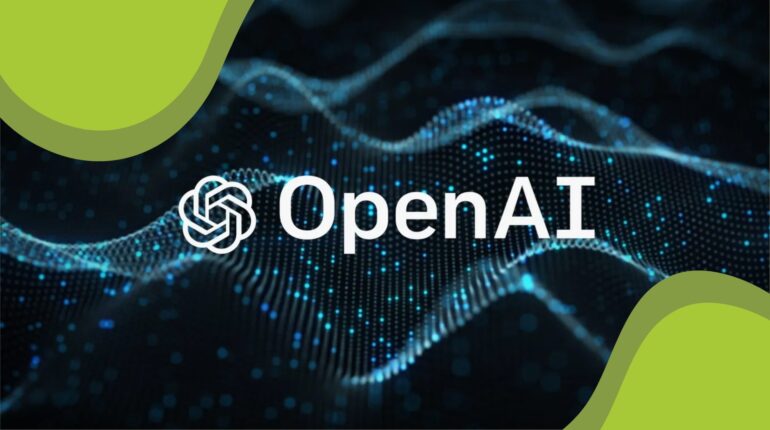TL;DR:
- OpenAI is developing a tool to examine the behaviors of large language models (LLMs).
- The tool uses GPT-4 to produce explanations of what a neuron is looking for and score how well those explanations match reality.
- GPT-4 is given text sequences to simulate how the neuron would behave and test the accuracy of the explanation.
- The tool has already generated explanations for all 3,07,200 neurons in GPT-2.
- OpenAI aims to anticipate potential problems with AI systems and ensure that the model is trustworthy and produces accurate results.
- The tool provides researchers with a deeper understanding of how LLMs operate, improving their reliability and trustworthiness.
- The development of the tool represents an important step forward in ensuring the reliability and trustworthiness of AI systems.
Main AI News:
OpenAI has recently revealed that they are working on a tool to examine the behaviors of large language models (LLMs) in greater detail. The development is still in its early stages, but the company has already made the code available on GitHub, allowing other researchers to contribute and benefit from the tool’s capabilities.
The tool is intended to anticipate potential problems with AI systems and ensure that the model is trustworthy and produces accurate results. As AI systems become more sophisticated, it is crucial to ensure that they operate as intended and that their outputs are reliable.
According to an OpenAI spokesperson, the tool uses GPT-4, the latest iteration of the company’s large language model, to produce explanations of what a neuron is looking for and then scores how well those explanations match the reality of what it is doing. In other words, the tool examines different parts of the model and each of its behaviors, providing insights into the neural network’s decision-making process.
To test the accuracy of the explanation, GPT-4 is given text sequences and simulates how the neuron would behave. By examining the model’s response to different inputs, the tool can identify patterns and predict how the model will perform under different circumstances.
OpenAI has already used the tool to generate explanations for all 3,07,200 neurons in GPT-2, an impressive feat that demonstrates the tool’s potential. By providing researchers with a deeper understanding of how LLMs operate, the tool has the potential to improve their reliability and trustworthiness.
Conlcusion:
The development of OpenAI’s tool to examine the behaviors of large language models represents an important step forward in ensuring the reliability and trustworthiness of AI systems. By providing researchers with a deeper understanding of how these models operate, the tool has the potential to anticipate potential problems with AI systems and ensure that their outputs are reliable and accurate. As AI systems become more sophisticated and widespread, tools like this will become increasingly important in ensuring that they operate as intended and can be trusted by businesses and markets.

